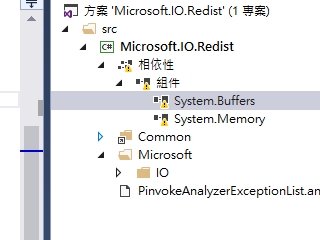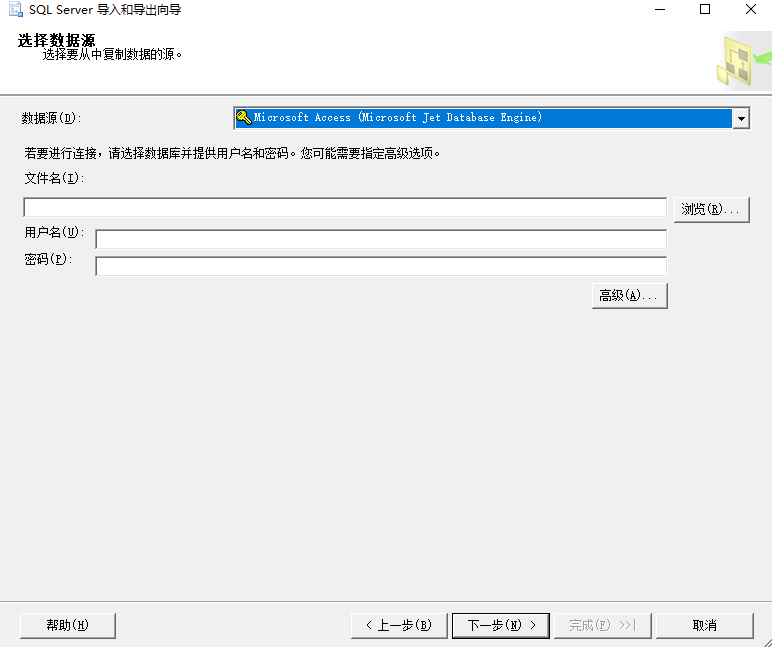I would like to solve the following problem with dplyr. Preferable with one of the window-functions.
I have a data frame with houses and buying prices. The following is an example:
houseID year price
1 1995 NA
1 1996 100
1 1997 NA
1 1998 120
1 1999 NA
2 1995 NA
2 1996 NA
2 1997 NA
2 1998 30
2 1999 NA
3 1995 NA
3 1996 44
3 1997 NA
3 1998 NA
3 1999 NA
I would like to make a data frame like this:
houseID year price
1 1995 NA
1 1996 100
1 1997 100
1 1998 120
1 1999 120
2 1995 NA
2 1996 NA
2 1997 NA
2 1998 30
2 1999 30
3 1995 NA
3 1996 44
3 1997 44
3 1998 44
3 1999 44
Here are some data in the right format:
# Number of houses
N = 15
# Data frame
df = data.frame(houseID = rep(1:N,each=10), year=1995:2004, price =ifelse(runif(10*N)>0.15, NA,exp(rnorm(10*N))))
Is there a dplyr-way to do that?
These all use na.locf from the zoo package:
dplyr
library(dplyr)
library(zoo)
df %>% group_by(houseID) %>% na.locf %>% ungroup
giving:
Source: local data frame [15 x 3]
Groups: houseID
houseID year price
1 1 1995 NA
2 1 1996 100
3 1 1997 100
4 1 1998 120
5 1 1999 120
6 2 1995 NA
7 2 1996 NA
8 2 1997 NA
9 2 1998 30
10 2 1999 30
11 3 1995 NA
12 3 1996 44
13 3 1997 44
14 3 1998 44
15 3 1999 44
Other solutions below give output which is quite similar so we won\'t repeat it except where the format differs substantially.
Another possibility is to combine the by solution (shown further below) with dplyr:
df %>% by(df$houseID, na.locf) %>% rbind_all
by
library(zoo)
do.call(rbind, by(df, df$houseID, na.locf))
ave
library(zoo)
na.locf2 <- function(x) na.locf(x, na.rm = FALSE)
transform(df, price = ave(price, houseID, FUN = na.locf2))
data.table
library(data.table)
library(zoo)
data.table(df)[, na.locf(.SD), by = houseID]
zoo This solution uses zoo alone. It returns a wide rather than long result:
library(zoo)
z <- read.zoo(df, index = 2, split = 1, FUN = identity)
na.locf(z, na.rm = FALSE)
giving:
1 2 3
1995 NA NA NA
1996 100 NA 44
1997 100 NA 44
1998 120 30 44
1999 120 30 44
This solution could be combined with dplyr like this:
library(dplyr)
library(zoo)
df %>% read.zoo(index = 2, split = 1, FUN = identity) %>% na.locf(na.rm = FALSE)
input
Here is the input used for the examples above:
df <- structure(list(houseID = c(1L, 1L, 1L, 1L, 1L, 2L, 2L, 2L, 2L,
2L, 3L, 3L, 3L, 3L, 3L), year = c(1995L, 1996L, 1997L, 1998L,
1999L, 1995L, 1996L, 1997L, 1998L, 1999L, 1995L, 1996L, 1997L,
1998L, 1999L), price = c(NA, 100L, NA, 120L, NA, NA, NA, NA,
30L, NA, NA, 44L, NA, NA, NA)), .Names = c(\"houseID\", \"year\",
\"price\"), class = \"data.frame\", row.names = c(NA, -15L))
REVISED Re-arranged and added more solutions. Revised dplyr/zoo solution to conform to latest changes dplyr.
tidyr::fill now makes this stupidly easy:
library(dplyr)
library(tidyr)
# or library(tidyverse)
df %>% group_by(houseID) %>% fill(price)
# Source: local data frame [15 x 3]
# Groups: houseID [3]
#
# houseID year price
# (int) (int) (int)
# 1 1 1995 NA
# 2 1 1996 100
# 3 1 1997 100
# 4 1 1998 120
# 5 1 1999 120
# 6 2 1995 NA
# 7 2 1996 NA
# 8 2 1997 NA
# 9 2 1998 30
# 10 2 1999 30
# 11 3 1995 NA
# 12 3 1996 44
# 13 3 1997 44
# 14 3 1998 44
# 15 3 1999 44
You can do a rolling self-join, supported by data.table:
require(data.table)
setDT(df) ## change it to data.table in place
setkey(df, houseID, year) ## needed for fast join
df.woNA <- df[!is.na(price)] ## version without the NA rows
# rolling self-join will return what you want
df.woNA[df, roll=TRUE] ## will match previous year if year not found
Pure dplyr solution (no zoo).
df %>%
group_by(houseID) %>%
mutate(price_change = cumsum(0 + !is.na(price))) %>%
group_by(price_change, add = TRUE) %>%
mutate(price_filled = nth(price, 1)) %>%
ungroup() %>%
select(-price_change) -> df2
Intresting part of example solution is at the end of df2.
> tail(df2, 20)
Source: local data frame [20 x 4]
houseID year price price_filled
1 14 1995 NA NA
2 14 1996 NA NA
3 14 1997 NA NA
4 14 1998 NA NA
5 14 1999 0.8374778 0.8374778
6 14 2000 NA 0.8374778
7 14 2001 NA 0.8374778
8 14 2002 NA 0.8374778
9 14 2003 2.1918880 2.1918880
10 14 2004 NA 2.1918880
11 15 1995 NA NA
12 15 1996 0.3982450 0.3982450
13 15 1997 NA 0.3982450
14 15 1998 1.7727000 1.7727000
15 15 1999 NA 1.7727000
16 15 2000 NA 1.7727000
17 15 2001 NA 1.7727000
18 15 2002 7.8636329 7.8636329
19 15 2003 NA 7.8636329
20 15 2004 NA 7.8636329
without dplyr:
prices$price <-unlist(lapply(split(prices$price,prices$houseID),function(x) na.locf(x,na.rm=FALSE)))
prices
houseID year price
1 1 1995 NA
2 1 1996 100
3 1 1997 100
4 1 1998 120
5 1 1999 120
6 2 1995 NA
7 2 1996 NA
8 2 1997 NA
9 2 1998 30
10 2 1999 30
11 3 1995 NA
12 3 1996 44
13 3 1997 44
14 3 1998 44
15 3 1999 44
Here a dplyr and imputeTS combination.
library(dplyr)
library(imputeTS)
df %>% group_by(houseID) %>%
mutate(price = na.locf(price, na.remaining=\"keep\"))
You could also replace na.locf with more advanced missing data replacement (imputation) functions from imputeTS. For example na.interpolation or na.kalman. For this just replace na.locf with the name of the function you like.



